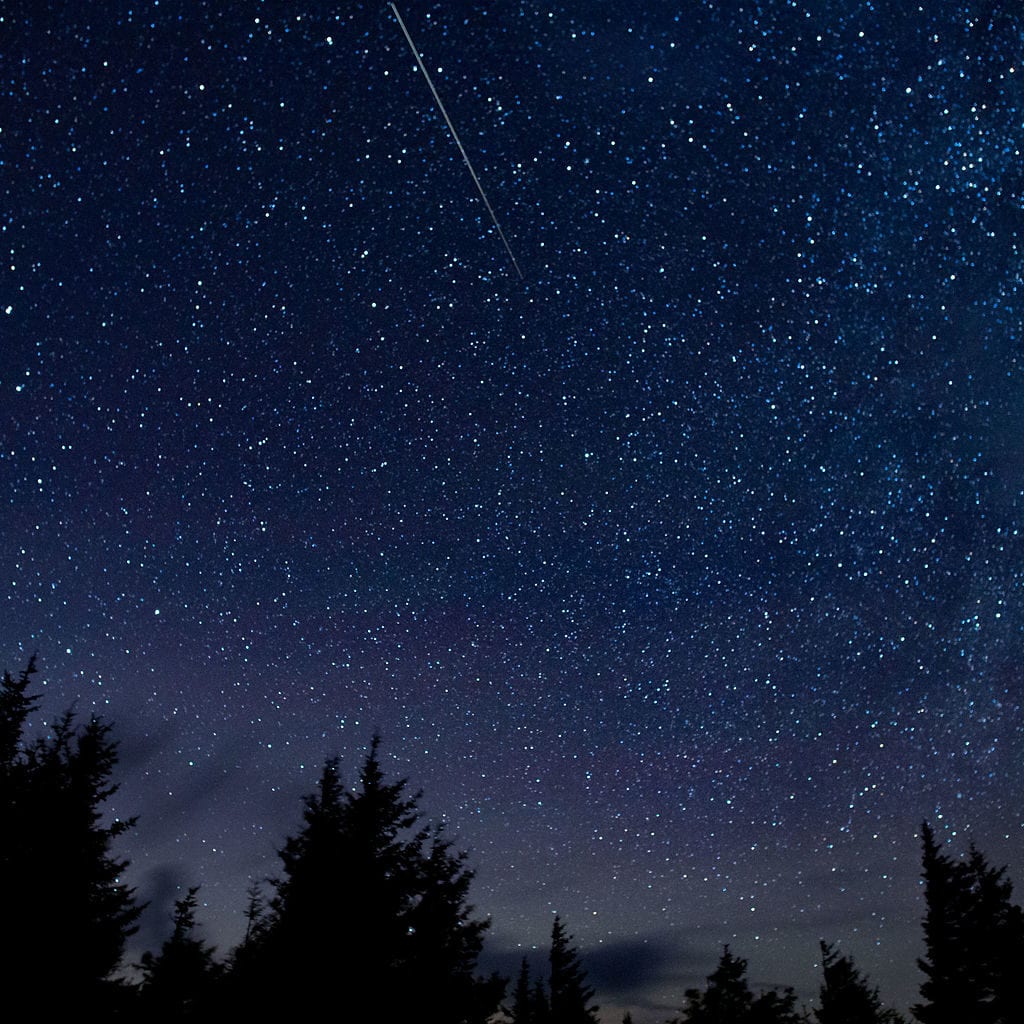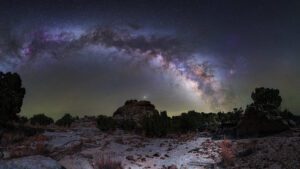One of the most prolific and dazzling meteor showers of the year will be at its peak on the evening of August 11th through the early morning hours of August 12th. The Perseids appear every year from the middle of July to the last week of August when the Earth passes through the orbit of Comet Swift-Tuttle. The meteors are produced when rubble from the ancient comet slams into the Earth at 132,000 miles per hour, lighting up the night sky.

Bill Cooke with NASA’s Meteoroid Environments Office in Huntsville, Alabama said: “Forecasters are predicting a Perseid outburst this year with double normal rates on the night of Aug. 11-12.” Under perfect conditions, rates could soar to 200 meteors per hour.” An “outburst” is a meteor shower with an unusually high number of meteors. A Perseid outburst has not occurred since 2009.
The Perseids are named for the constellation Perseus, because the radiant, which is the point of origination to the viewer, lies in a point on in the aforementioned constellation. Perseus can be found in the first quadrant of the northern sky. In Greek Mythology, Perseus is the founder of the Perseid dynasty. He was considered among the greatest of Greek heroes and a slayer of monsters.
The best way to view the meteor shower is to find a place away from lights and affords a view of open sky since the meteors will appear to streak in many directions in front of a multitude of constellations. You should bring a reclining lawn chair or lie on your back to be comfortable.
You should devote at least an hour for observation. It may take as long as 20 minutes for your eyes to adapt to the darkness, and the meteors may not appear continuously.
Although there will be a waning moon, these meteors are quite brilliant and often produce fiery trails in the sky. Although the peak is August 11-12, the display will be only slightly diminished on the evening of the 12th and the early morning hours of the 13th. The shower will decrease each following evening and the Perseids will be visible until August 24th.










